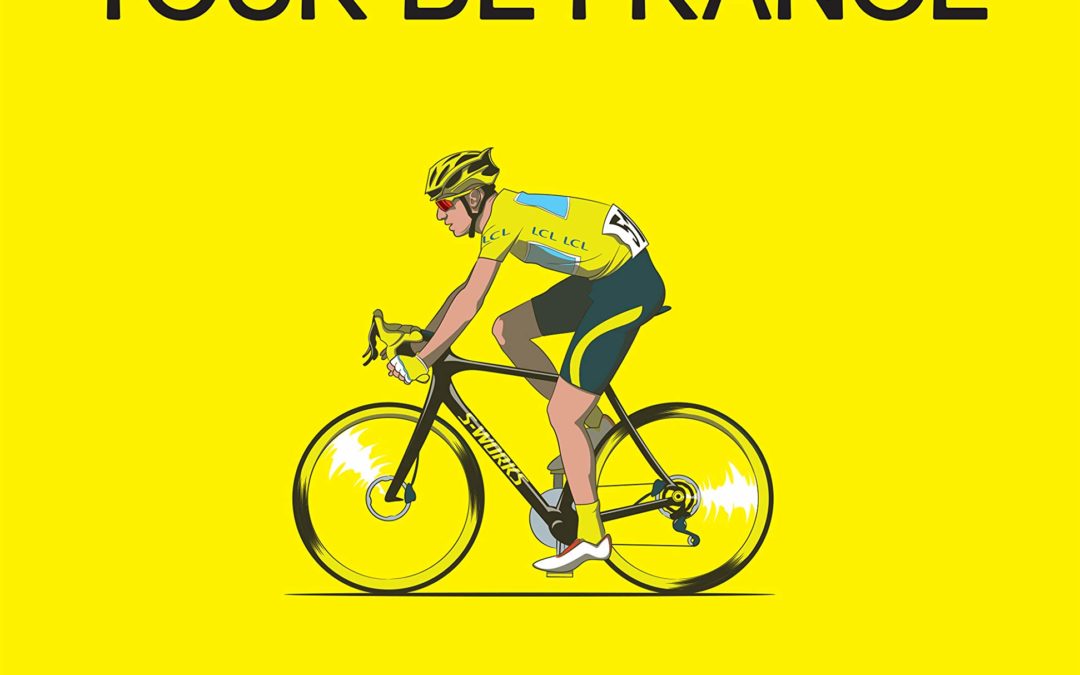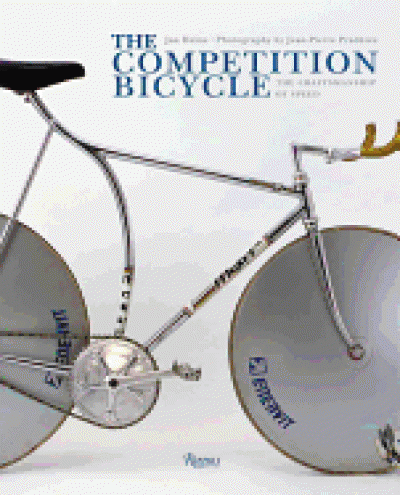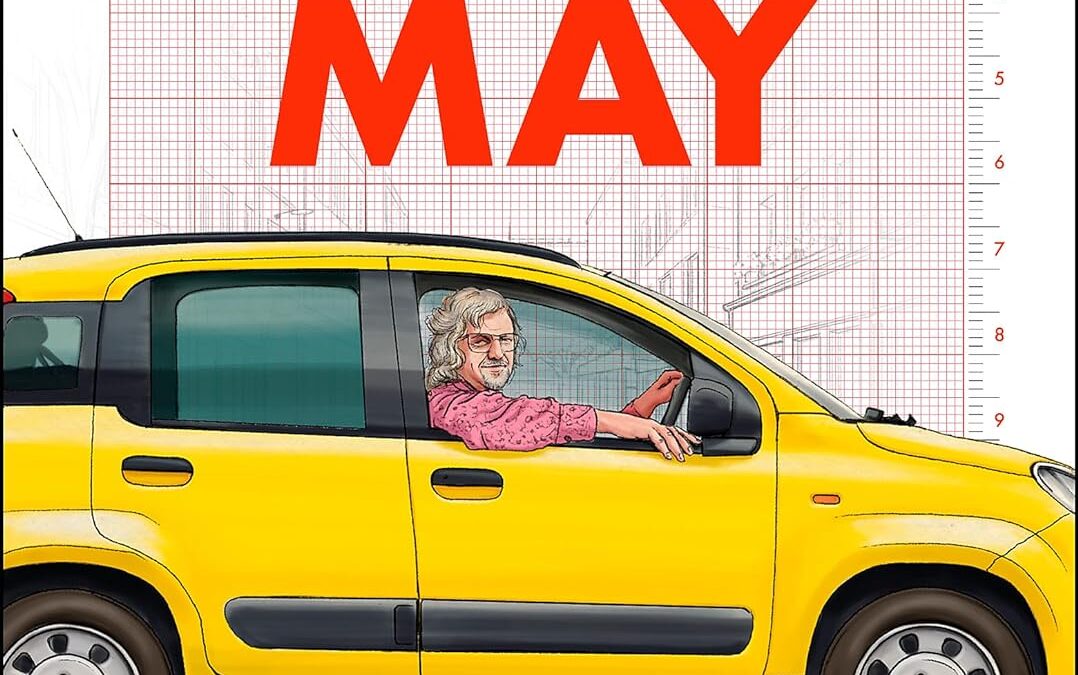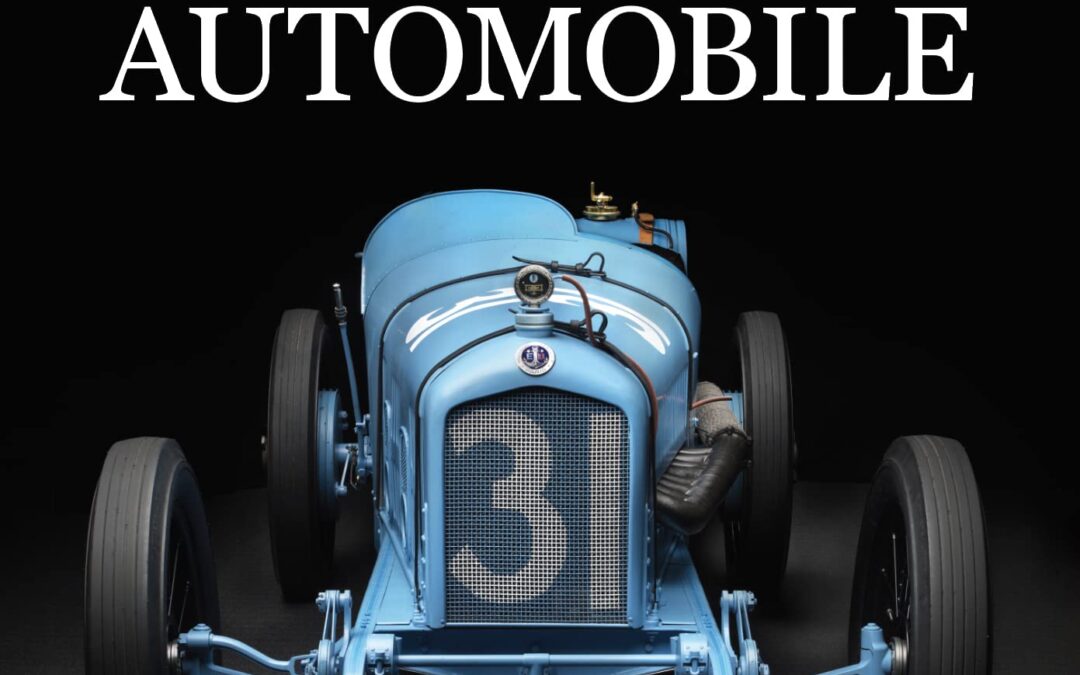The Bicycle Artisans
The Bicycle Artisans
The Bicycle Artisans

Le Tour has sometimes been called “chess on wheels” because of the complicated strategies used by the race’s 22 teams and 176 riders. This book—written by award-winning cycling journalist John Wilcockson, who has covered the Tour 45 times—will help you understand those tactics, along with informing you about the race’s century-plus history, its famed winners and rivalries, and the technology that has gone into creating the modern racing bicycle and determining how today’s athletes train.
Among the questions answered are:
20626
19667
Velo Bicycle Culture & Design
Bicycle: The History
The Haynes Bicycle Book
H/T Restore Collector Bicycle

“The Competition Bicycle will inspire cyclists and design lovers alike. The evocative, detail-rich photographs display the history of the bicycle, from racing high-wheelers to modern racing bikes with carbon-fiber disc wheels. Exceptional handcrafted machines ridden by great champions illustrate milestones in the mechanics and craftsmanship of bicycle design.
This volume also features iconic bicycles that played an important role in the history of the sport, from the bicycle that sent Eddy Merckx over the finish line in his last world championship win, to those of tandem teams who tackled the hour record, motor-paced track racers that exceeded 80 mph on the wooden boards, to California’s mountain-bike pioneers.
Historic images complement the stunning new photography that illustrates each machine in exquisite detail while celebrating the evolution of the sport, object, and machine. The Competition Bicycle is sure to be treasured by all who appreciate magnificent masterpieces of vintage and contemporary design.”
Bicycle
Racing Bicycles
Custom Bicycles
Bicycle Manifesto

The Elite Bicycle brings together intimate portraits of the world’s greatest bicycle artisans, examining the philosophies, the meticulous workmanship, and the eccentric personalities behind cycling’s most prestigious brands. Their materials and methods could not be more disparate, yet their pursuit is the same: the perfect bicycle.
In chapters featuring some of cycling’s greatest craftspeople, The Elite Bicycle offers up a conversation with the men and women who make the most coveted bicycles. Lavish, oversize photographs and personal interviews invite readers into their workshops to show the melding of old-world craftsmanship with space-age materials in fascinating studios and factories that fabricate superb machines.
The Elite Bicycle is both an homage to the bicycle maker and a collector’s piece in its own right, celebrating the stories behind the greatest bicycles and components in the world.
50 Bicycle That Changed World
The Racing Bicycle: Design, Fu
Framed!: Bicycle Frame Builder
Roadside Bicycle Repair

Why does a man with a Ferrari and a Porsche drive a Fiat Panda? Is going fast really necessary? Is it your fault if you get run over? Why will electric cars really save the planet (possibly)?
In Carbolics the UK’s favourite petrol head (after Clarkson and Hammond) James May answers these questions and more.
Across 80 essays, James gives his quirky, entertaining take on cars, motorbikes, trucks – and explains why the bicycle might just be the best invention of all.
Written with James’s characteristic wit and humour, Carbolics is the perfect Christmas gift for petrolheads.

In the last one hundred years, cars have shaped our lives. Other everyday cultural artifacts, such as watches, telephones, musical instruments, and televisions, have certainly had influence, but the car is by far the most significant. Now, change is coming for the car, as it is for so many other industrial artifacts. Once, cars were distinct machines. Now, they are evolving into multifunctional digital devices. New fuels, new modes of travel, and new technologies are disrupting the traditional role of the much-loved family car.
What is to become of this material legacy? Should we really let go of it? Without memory, personal and shared, we lose our way, our individuality, and our culture. This proposition is at the heart of The Archaeological Automobile.
Miles C. Collier’s landmark approach uses an “archaeological mindset” to interpret the automobile as a cultural artifact in six themes:
The Development of the Automobile describes how the car emerged from a pressing human need for mobility, tracing our relationship with horses, our invention of the bicycle, and how we turned our backs on both as daily transport for the allure of the car.
The Rise of the Collectible Automobile asks how and why ratty relics decaying in recycling yards can become valuable and treasured collectibles. It reveals the effect of cultural influences on our perception of cars and on the dynamics of the collector car market.
The Archaeological Mindset picks up a wrench, gets into the workshop, and tracks the restoration of a 1919 Ballot Indy car using hands-on experience and background research while deploying the “archaeological imagination.” The archaeological clues are in the detail.
Collecting and the Archaeological Automobile deals with the characteristics of collecting. Why do we accumulate “stuff”? Is it greed? Is it passion? Is it a desire for legacy? And what makes a “good” collection? Is it bling? Is it style? Is it material worth? The answer lies in connoisseurship.
Restoring the Archaeological Automobile debates the merits of diverse restoration strategies and the reasoning behind them, including the tricky question of how to repaint the tilt-front nose of a 1964 Alfa Romeo GTZ racing car and still preserve the evidence of forty years of accumulated sandblasting and chipping.
The Archaeological Automobile of the Future is a call to action. Cars as we know them are customarily trashed, government regulations encourage indifference, and the skills and knowledge associated with fixing them are slowly vanishing as we lose older generations of experienced craftsmen. How can we preserve humanity’s treasure trove of automotive knowledge for generations to come?
Filled with engaging stories and practical examples, this is a handbook of the most thoughtful practices, not just for automobile owners and the historical car industry, but for collectors, professionals, and users of all kinds of industrial era artifacts.
The Archaeological Automobile combines scholarship, pertinent anecdotes, style, and experience to provide a stimulating account of why we should all be archaeologists now.